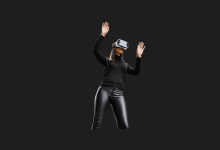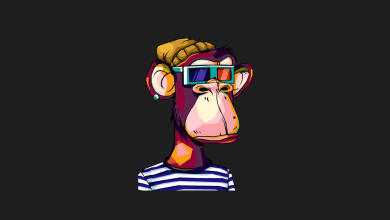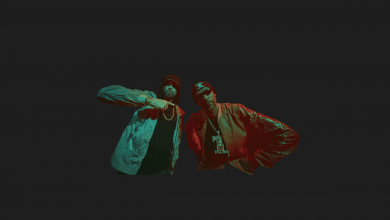Exploring the Versatility of NFTs in the Metaverse World

The Metaverse is a network of 3D virtual environments where individuals can engage in activities such as playing, working, collaborating, or attending live events. More than just a parallel universe that mimics our physical world, the Metaverse aims to blend with it, offering endlessly immersive experiences.
A range of technologies will pave the way for this vision, which is yet to be fully actualized. These technologies include Blockchain, virtual and augmented reality, 5G, artificial intelligence, and the internet of things.
Non-Fungible Tokens (NFTs) play a crucial role in the convergence of these technologies. Progressive companies are exploring the potential of NFTs, integrating them into Metaverse projects as various types of digital assets.
Metaverse and NFT
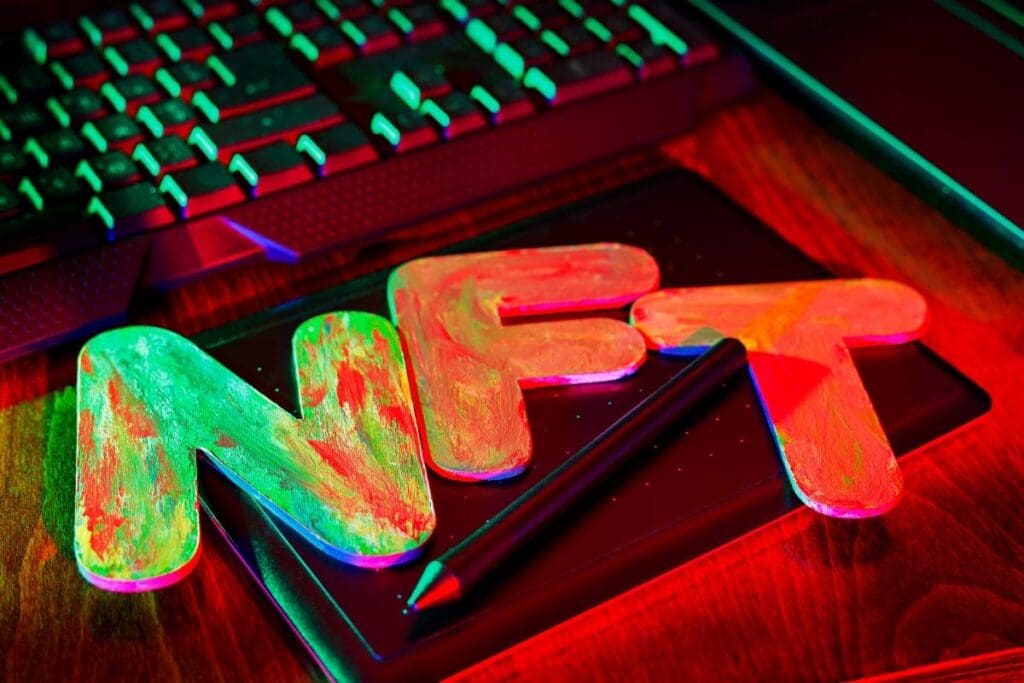
In the burgeoning Metaverse worlds, the use of NFTs (Non-Fungible Tokens) is becoming increasingly varied. Although the industry is still nascent, we have already seen several examples, limited only by imagination, of future initiatives and applications. A closer examination reveals that NFTs often represent virtual lands in the Metaverse.
These virtual lands are essentially segments of digital real estate. Blockchain Metaverse projects like Decentraland and Sandbox sell these land parcels as NFTs. In these platforms, NFTs function like deeds, granting buyers ownership of these lands. Consequently, owners have control over their assets and can reap various economic benefits.
To delve deeper, landowners have the option to sell their assets for profit on NFT marketplaces such as OpenSea. Additionally, some Metaverse projects offer the possibility of leasing out land.
For instance, Sandbox landowners can generate passive income by renting their land to game developers. They can also create their own games, earning revenue when other players visit their lands and engage with these games.
Another application of NFTs is as tickets for exclusive Metaverse events like concerts or art exhibitions. These token-gated events have become popular, particularly in the Decentraland Metaverse.A notable example was the Halloween party organized by the Deadfellaz collection team in collaboration with DJ Steve Aoki, accessible only to Deadfellaz or Steve Aoki NFT owners.
NFT avatars represent yet another use case. Joining a Metaverse typically involves using a digital avatar. While an avatar doesn’t necessarily have to be an NFT, NFT avatars are unique. High-profile profile picture (PFP) NFT projects, such as RTFKT’s CloneX NFTs and Bored Ape Yacht Club NFTs, exemplify Metaverse avatar projects. Owners of these NFTs will soon be able to transform their profile pictures into 3D avatars.
Fashion NFTs

Digital fashion is another area where NFTs are significantly intertwined with the Metaverse. This arena is expansive, as people are increasingly keen to express their unique style in digital spaces as well. Several collaborations with well-known brands have emerged in this field.
A prominent example is the partnership between the sportswear brand Adidas and NFT powerhouses like BAYC (Bored Ape Yacht Club) and Punks Comic, which resulted in a collection of 30,000 NFT models.
Another significant joint venture in NFT fashion involved Under Armor and basketball star Stephen Curry. In this case, the NFTs were digital replicas of the sneakers Curry wore when he set the new all-time NBA record for three-pointers.
Play Win The Most Valuable Space In The Metaverse World!
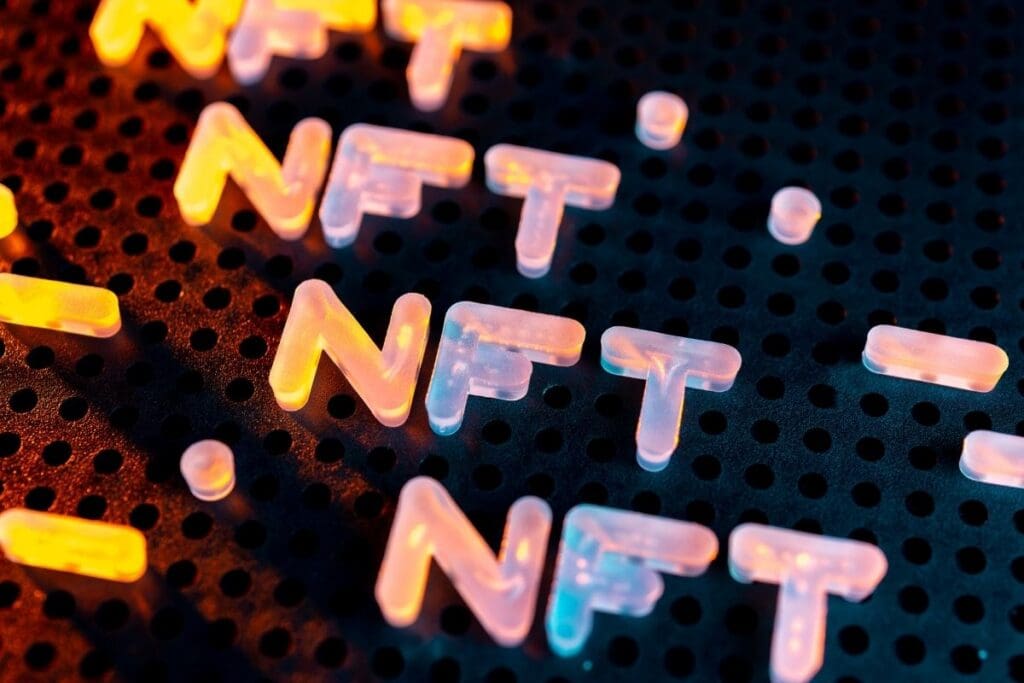
Gaming represents one of the most valuable sectors within Metaverse projects. Play-to-earn (P2E) models are garnering global attention as they offer not just entertainment but also monetary rewards. In these games, in-game assets such as skins, swords, and characters are all NFTs. This means that, unlike traditional video games, these items are owned by the players who purchase them.
P2E games play a pivotal role in driving the mainstream adoption of the Metaverse. Given that gamers are typically tech-savvy and already familiar with Metaverse-like environments in gaming, it’s no surprise that NFT gaming pioneers such as Axie Infinity, Illuvium, and Star Atlas have each developed their own Metaverse ecosystems. These developments are instrumental in advancing both NFTs and Metaverse worlds to new heights.
You may also like this content
- The Metaverse: What it is, How to Enter, and Its Potential Impact
- Metaverse 5 Reasons Why its Awesome
- Metaverse Coins Buying Guide
Follow us on TWITTER (X) and be instantly informed about the latest developments…


